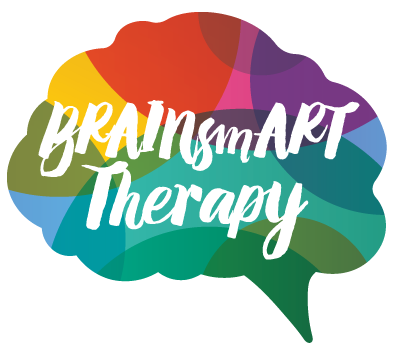Why should all Mental health clinicians and educators understand the brain ?
Traumatic events occur during different stages of development and result in discrete changes in brain structure and functions most vulnerable at that stage. The experience can derail the normal trajectory of emotional, social, and cognitive development.
Because trauma does not fit into a contextual memory, the brain creates a new memory or forms a ‘dissociation’ that is stored as sensory fragments lacking any verbal component. Even when the intrusive sensations of traumatic material are placed in a narrative context, this does not always abolish the flashbacks. This is because traumatic memories are remembered through images and sensations. This is also why the body’s material must be accessed and involved with therapeutic integration of traumatic events.
Before traumatic memory can be encoded or expressed through language – it must be retrieved and implicitly externalized in its iconic and sensory form which is the language of music, art, and dance. This is why trauma experience is initially more easily communicated through imagery and activities that remain close to the sensory experience (Malchiodi, 2008)
The skills of Cross modal creativity are designed to access and organize the imagery, sensations, and emotions of this nonverbal intrinsic memory system. The exercises give these fragmented iconic memories a concrete form through the visual, musical, and movement arts –transforming the material into conscious symbolic meaning that can become part of a narrative context,
The concepts and exercises underlying a ‘Brain SmART’ trauma informed approach addresses the many symptom constellations characteristic of psychiatric diagnoses not otherwise connected with trauma in the Diagnostic and Statistical Manual of Mental Health Disorders.
The result of this process is that traumatic experience occurring in childhood or adulthood can become creatively expressed in an externalized concrete form. This is a powerful method for desensitizing the negative and chaotic effects of trauma. Then the externalized material can be seen, distanced and‘talked to’ This enables sensations and emotions to become part of one’s personal story without shame.
How can this Brain SmART trauma-informed therapy address the complex constellation of symptoms that occur in Posttraumatic Stress Disorder and Borderline Personality Disorder?
Among the personality disorders, borderline personality disorder has been the most frequently researched for symptoms related to childhood adverse events. Multiple studies have reported that a history of physical and sexual abuse in childhood is prevalent among patients with borderline personality disorder. Some studies find that abuse is a chronic and daily experience in the early lives of these patients.
The present findings of a relatively high rate of childhood physical abuse in persons with borderline personality disorder are largely consistent with the literature suggesting that trauma often precedes the development of borderline personality. The high rate of early childhood trauma in subjects with borderline personality disorder (BPD) and the phenomenological overlap with posttraumatic stress disorder (PTSD) have strongly suggested that BPD may be a trauma-related
To effectively treat PTSD-complex or acute- we have to create safe states of mind and body. We must install safety and mindfulness at the somatic, emotional, and interpersonal levels in order to entrain the survival brain to choose and ‘return to ‘safety ‘under stress.
The cross modal strategies that install, safe states are grounded in the image-based emotional intelligence. These arts-based strategies use sensations, imagery, and emotion as the tools for installing the experience of safety into the client’s own psychobiology. These safe states are experienced by the physiology, the emotions, and the intellect. They interface imagery with words using multiple art forms that ‘cross’ the right and left brain processes with the vertical functions of the right and left brain processes with the vertical functions of the hindbrain, limbic system, and the neocortex. This lateral and vertical integration can transform safe ‘states’ into deeply rooted character ‘traits’ as SAFETY becomes part of the survival brain’s instinctive response to stress. These psycho-biologically sensitive interventions require practice and repetition in order to re-route the neural pathways driving negative behaviors into pathways for creative action.
SAFETY is MINDFUL
‘Tune in’ to the ‘survival’ brain and acknowledge the
FELT SENSE in your BODY of Safe ‘states’
versus UNSAFE ‘states’
Recognize what you feel in your BODY
when you say ‘Yes,”
and say ‘Yes”
ONLY IF YOU MEAN IT
Recognize what you feel in your BODY
when you say “No’,
and STICK TO IT
Recognize what you feel in your BODY
when you sense ‘danger’
then MONITOR your IMPULSES
WITNESS with your Emotions
and MODIFY your ACTIONS
Recognize what you feel in your BODY
when your boundaries have been ‘crossed’
then MONITOR your IMPULSES
WITNESS your Emotions
and MODIFY your ACTIONS
Safety is the ability to listen to your body
WITNESS, MONITOR, and MODIFY
what your BODY is telling you
and CHOOSE behaviors
that express the ‘safe’ YOU
Malchiodi, C. A.,& Steele, W. (2008). Resiliency and posttaumatic growth in traumatized children. In C. Malchiodi (Ed). Creative Interventions with traumatized children (pp. 285-301).New York: Guilford Press

